In recent years, there has been growing interest in natural compounds that may support overall wellness, particularly in individuals facing serious health challenges. Among these natural options, the Chaga mushroom (Inonotus obliquus) has emerged as a subject of significant scientific inquiry. This unique fungus, which primarily grows on birch trees in cold northern climates, has a centuries-old history of traditional use in Russia, Eastern Europe, and parts of Asia. Today, researchers are examining the potential mechanisms behind Chaga's traditional reputation and investigating its possible role in complementary approaches to wellness.
This article explores the current scientific understanding of Chaga mushroom and its compounds, examining what research reveals about its potential properties while acknowledging the important limitations of existing studies.
What is Chaga Mushroom?
Chaga mushroom (Inonotus obliquus) is not your typical mushroom. Unlike the common button mushrooms found in grocery stores, Chaga appears as a dark, charcoal-like growth on the trunks of birch trees. Its exterior resembles burnt charcoal, while its interior reveals a distinctive orange-brown color. This unique fungus has adapted to survive in the harsh cold climates of Northern Europe, Russia, parts of Asia, Canada, and the northeastern United States.
For centuries, traditional healers in Siberia, Russia, and other northern countries have used Chaga in folk medicine. It has been brewed into a tea-like beverage and consumed for various purposes, including supporting overall health and vitality. In recent decades, this traditional knowledge has sparked scientific interest in understanding the compounds that make up this unusual mushroom and their potential effects on human health.

The Bioactive Compounds in Chaga
The scientific interest in Chaga stems largely from its impressive array of bioactive compounds. Researchers have identified several constituents that may contribute to its potential properties:
Polyphenols and Antioxidants
Chaga contains an extraordinarily high concentration of antioxidants, compounds that help protect cells from oxidative stress caused by free radicals. The ORAC (Oxygen Radical Absorbent Capacity) value of Chaga is among the highest of any natural food. These antioxidant properties come primarily from polyphenols, including:
- Melanin: A natural pigment that gives Chaga its dark color and contributes to its antioxidant capacity
- Superoxide dismutase (SOD): An enzyme that helps neutralize potentially harmful oxygen molecules
Triterpenoids
Chaga contains various triterpenoid compounds with unique structures, including:
- Inotodiol: A lanostane-type triterpenoid that has been the subject of multiple laboratory studies
- Betulinic acid: A compound derived from birch trees that has attracted scientific attention
- Lanosterol: A steroid precursor found in Chaga that researchers are investigating
Beta-Glucans
These complex polysaccharides are found in the cell walls of many fungi, including Chaga. Beta-glucans have been studied for their potential to support immune system function.
Other Compounds
Chaga also contains various minerals, vitamins (including B-complex vitamins and vitamin D2), and other nutrients that contribute to its overall profile.
Current Scientific Research on Chaga and Cancer
It's important to understand that while there is promising laboratory research on Chaga mushroom, much of the existing scientific evidence comes from test-tube (in vitro) and animal (in vivo) studies. Human clinical trials, which are essential for establishing efficacy and safety, are still limited. Here's what current research suggests about the potential mechanisms of Chaga mushroom:
Antioxidant Properties
Oxidative stress and free radical damage are known to play a role in cell health. Laboratory studies suggest that the high antioxidant content in Chaga may help protect cells from oxidative damage. A study published in the Journal of Ethnopharmacology examined the antioxidant potential of Chaga extracts and found significant free-radical scavenging activity.
Cell Cycle and Apoptosis Studies
Laboratory research has investigated how Chaga extracts may influence the cell cycle. Some in vitro studies with cancer cell lines have observed that certain compounds in Chaga might affect cell cycle regulation.
For example, a recent 2024 study published in Scientific Reports examined the mechanisms behind Chaga mushroom extract's effects on oral cancer cells. The researchers found that the extract reduced the viability and proliferation of HSC-4 human oral cancer cells through several mechanisms, including inhibition of energy metabolism and modulation of cellular signaling pathways.
Inflammation Modulation
Chronic inflammation is associated with various health challenges. Some research suggests that compounds in Chaga may help modulate inflammatory responses. A study in the International Journal of Medicinal Mushrooms found that Chaga extract demonstrated anti-inflammatory effects in laboratory models.
Immune System Support
Beta-glucans and other compounds in Chaga have been studied for their potential immunomodulatory effects. Research published in the International Immunopharmacology journal suggested that polysaccharides from Chaga may help regulate immune system responses in laboratory settings.
Specific Mechanisms Under Investigation
Recent research has identified several specific mechanisms that may explain Chaga's observed effects in laboratory studies:
-
Energy metabolism disruption: A 2024 study found that Chaga extract inhibited both glycolysis (the breakdown of glucose) and mitochondrial respiration in cancer cells, potentially depriving them of energy sources.
-
Autophagy induction: Some research suggests Chaga may trigger autophagy, a cellular process that removes damaged components, which can lead to cell death in certain cancer cells.
-
Signaling pathway modulation: Studies indicate Chaga may affect various signaling pathways including AMPK, STAT3, and NF-κB, which are involved in cell growth and survival.
-
Triterpenoid activity: Compounds like inotodiol and betulinic acid have been shown to have potential anticancer effects in laboratory settings through various mechanisms including apoptosis induction.
Important Limitations and Considerations
While this research is promising, several important limitations and considerations must be acknowledged:
Limited Human Studies
The majority of research on Chaga has been conducted in laboratory settings using cell cultures or animal models. Human clinical trials are essential to determine whether these laboratory findings translate to real-world benefits.
Standardization Challenges
Chaga supplements and extracts on the market may vary significantly in quality, potency, and composition. The concentration of bioactive compounds can be affected by numerous factors, including where the Chaga was grown, harvesting methods, and processing techniques.
Potential Interactions
Research has identified potential interactions between Chaga and certain medications. For example, studies suggest that Chaga extracts may have antiplatelet effects, potentially interacting with blood-thinning medications. Additionally, some compounds in Chaga may affect blood sugar levels, potentially interacting with diabetes medications.
Safety Considerations
While Chaga has been consumed traditionally for centuries, some safety concerns have emerged in modern research. Case reports in medical literature have documented instances of kidney problems (oxalate nephropathy) in individuals who consumed large amounts of Chaga powder over extended periods.
The Future of Chaga Research
The scientific community continues to investigate Chaga's potential properties through more sophisticated research approaches:
Bioavailability and Formulation Studies
Researchers are working to understand how the compounds in Chaga are absorbed and utilized by the body, which is crucial for developing effective delivery methods. Recent advances in formulation techniques, such as using calcium alginate beads, aim to improve the bioavailability of Chaga extracts.
Triterpenoid Research
Specific triterpenoids from Chaga, particularly inotodiol and 3-β-22 α-dihydroxylanosta-8, 25-diene-24-one, have shown promising results in laboratory studies. Research is focusing on understanding the structure-activity relationships of these compounds to potentially develop more targeted approaches.
Combination Approaches
Some research is exploring how Chaga extracts might complement other wellness approaches. For example, a 2023 study published in Frontiers in Pharmacology found that Chaga extract showed promising results against bladder cancer organoids and potentially enhanced the effects of common therapies.
Sustainable Sourcing
As interest in Chaga grows, researchers are also working on sustainable cultivation methods. Wild Chaga grows very slowly, taking years to develop, and overharvesting threatens natural populations. Developing cultivation techniques that preserve the medicinal properties of Chaga while ensuring sustainable supply is an important area of research.

Incorporating Chaga into Your Wellness Routine
If you're interested in exploring Chaga mushroom as part of your wellness routine, here are some considerations:
Consult Healthcare Providers
Before adding any new supplement to your regimen, especially if you have existing health conditions or are taking medications, it's essential to consult with qualified healthcare providers. This is particularly important if you are currently undergoing any medical treatments.
Quality Matters
If you decide to try Chaga supplements, look for high-quality products from reputable manufacturers that provide information about their sourcing, testing, and standardization practices. Wildcrafted Chaga from clean environments is often preferred, though sustainable harvesting practices are important.
Various Forms
Chaga is available in several forms:
- Tea: Traditionally, Chaga has been consumed as a tea by brewing chunks or powder in hot water.
- Powders: Dried and ground Chaga can be added to beverages, smoothies, or foods.
- Tinctures: Liquid extracts offer a concentrated form of Chaga's compounds.
- Capsules: For convenience, encapsulated Chaga powder or extract is widely available.
- Dual-extracted supplements: These products use both water and alcohol extraction to capture a broader spectrum of both water-soluble and fat-soluble compounds.
Start Gradually
If you're new to Chaga, start with small amounts and gradually increase as tolerated, paying attention to how your body responds.
Conclusion: A Balanced Perspective on Chaga
Chaga mushroom represents an intriguing area of natural wellness research with a long history of traditional use. The scientific study of its compounds and mechanisms is still evolving, with promising laboratory findings that warrant further investigation through rigorous clinical trials.
For individuals interested in natural approaches to wellness, Chaga may offer potential benefits as part of a comprehensive health strategy. However, it's essential to maintain realistic expectations, consult with healthcare providers, and view Chaga as a complement to—rather than a replacement for—evidence-based medical care.
The story of Chaga reminds us of the value of traditional knowledge and the importance of scientifically investigating natural compounds that may benefit human health. As research advances, our understanding of this remarkable fungus and its potential contributions to wellness will continue to develop.
Note: This article is for informational purposes only and does not constitute medical advice. The information provided should not be used for diagnosing or treating health problems or diseases. It is not a substitute for professional care. If you have or suspect you may have a health problem, consult your healthcare provider.






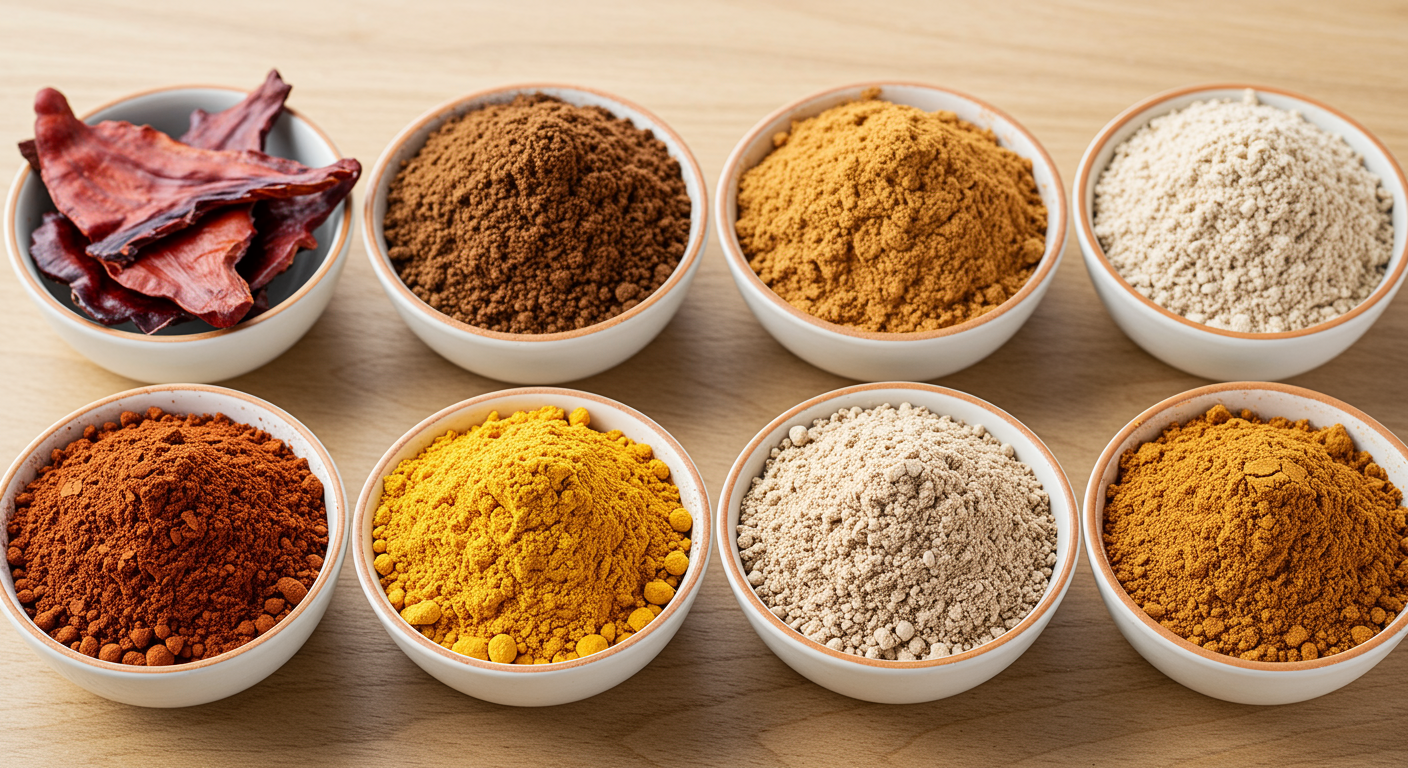

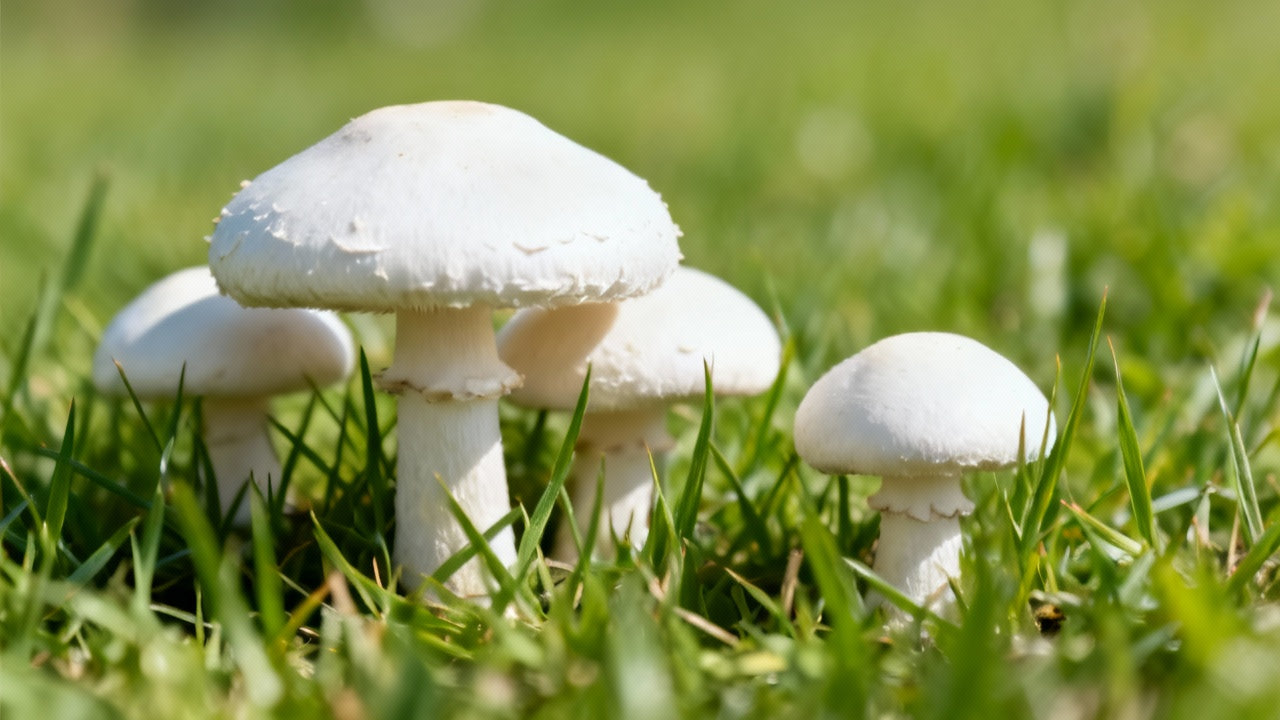
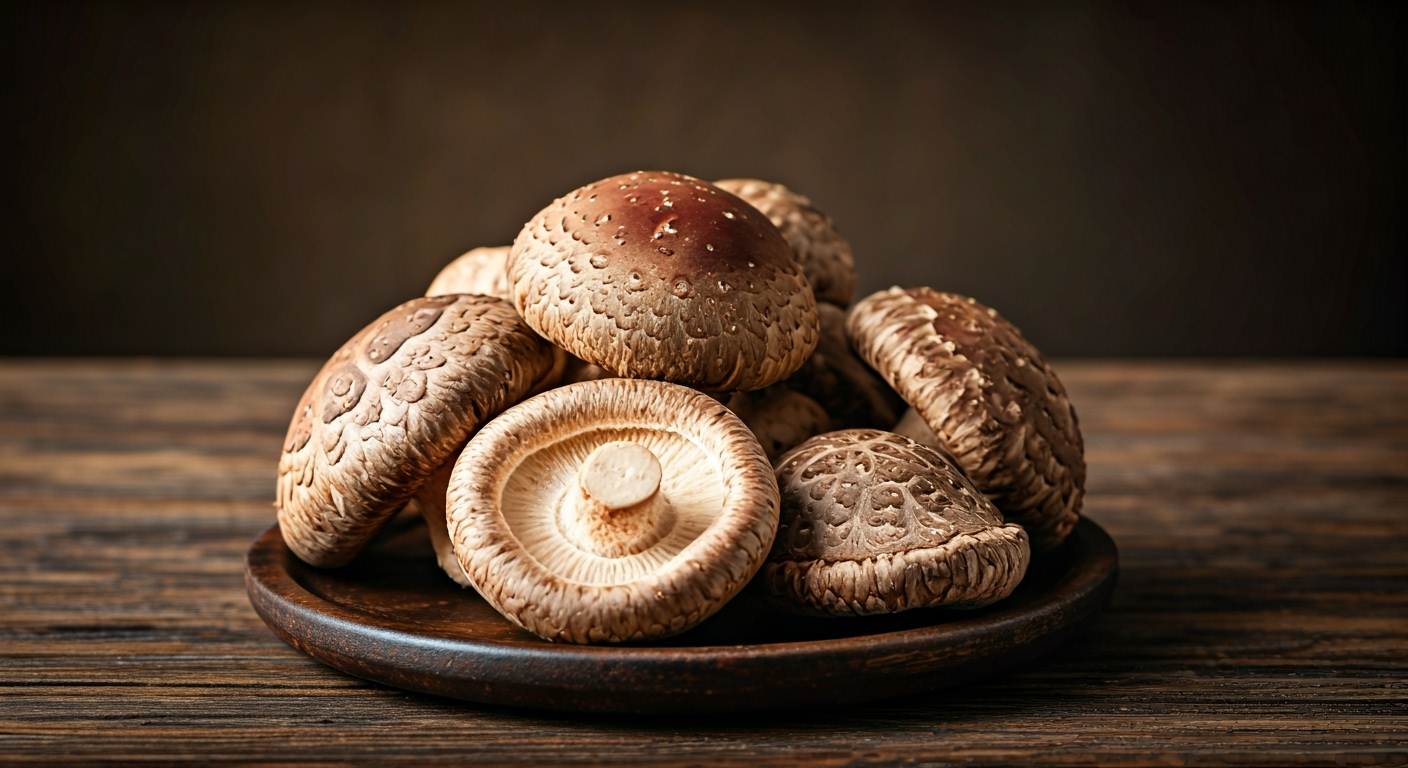
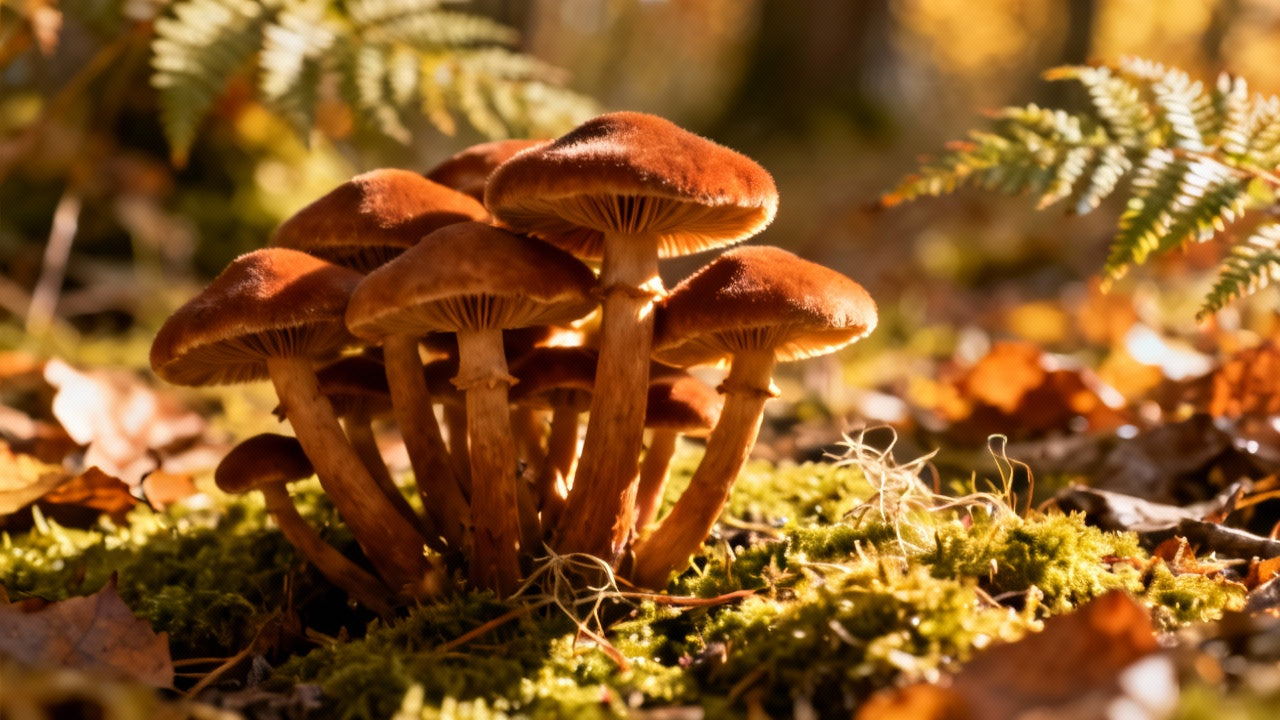
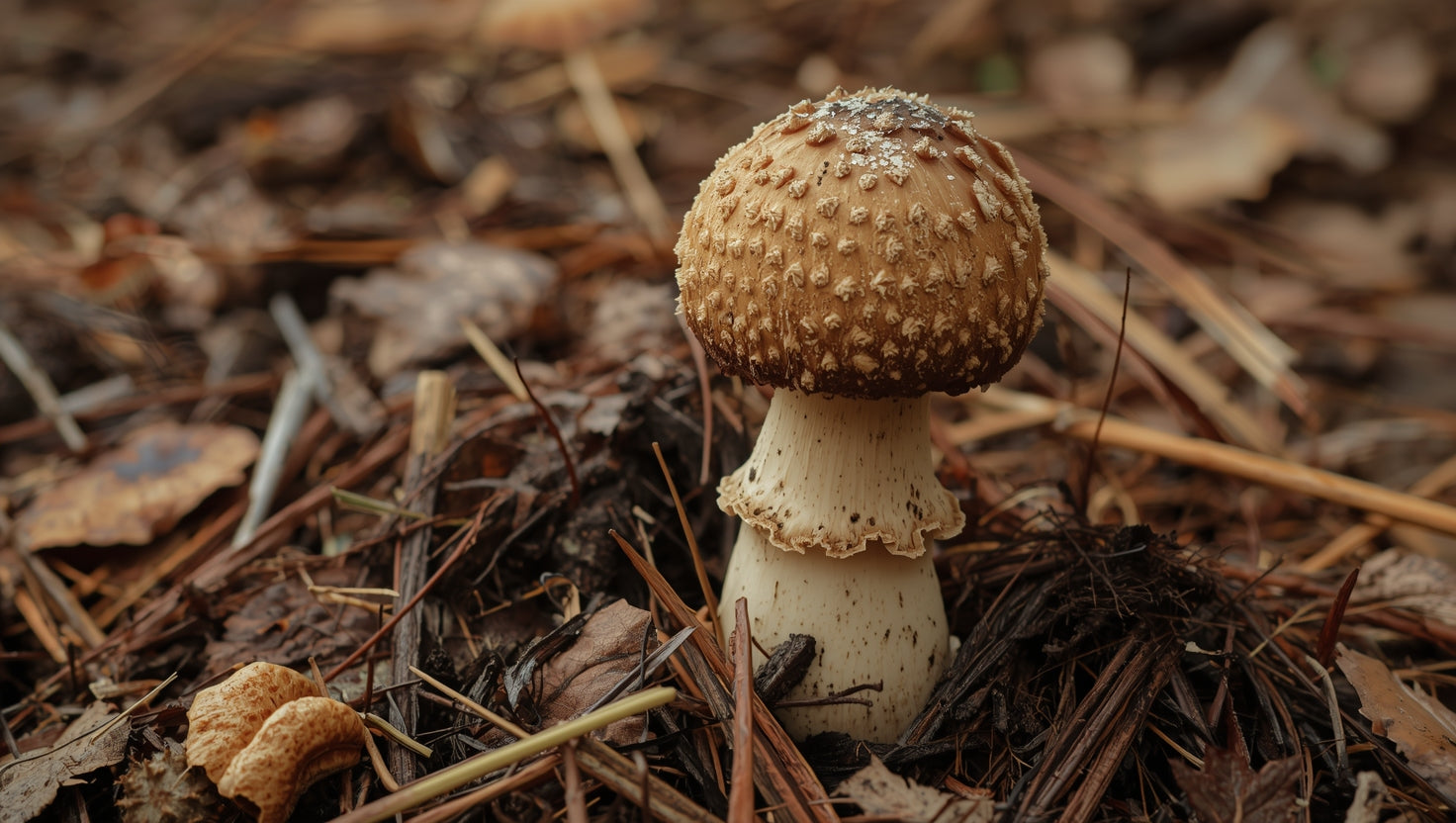
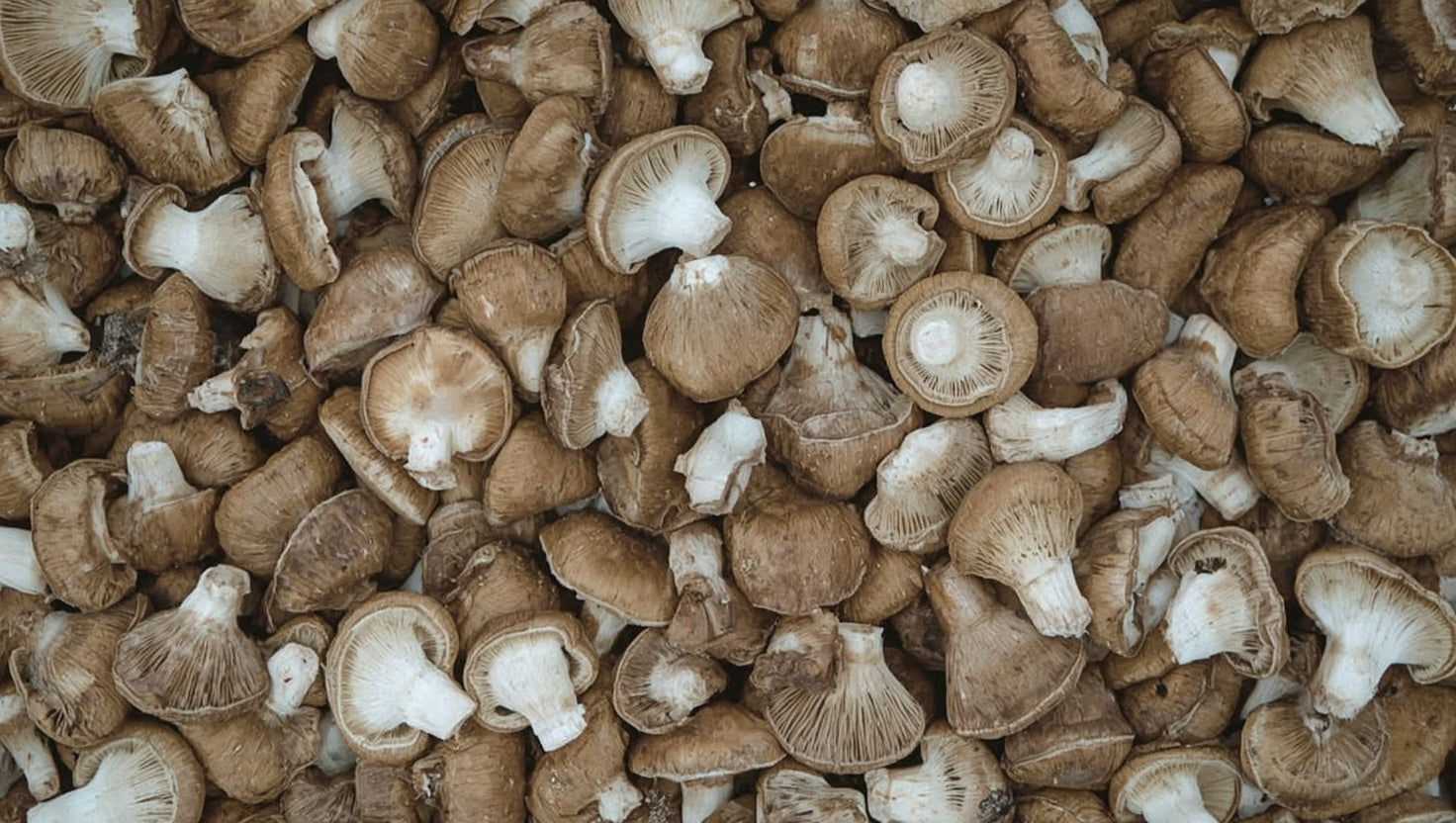
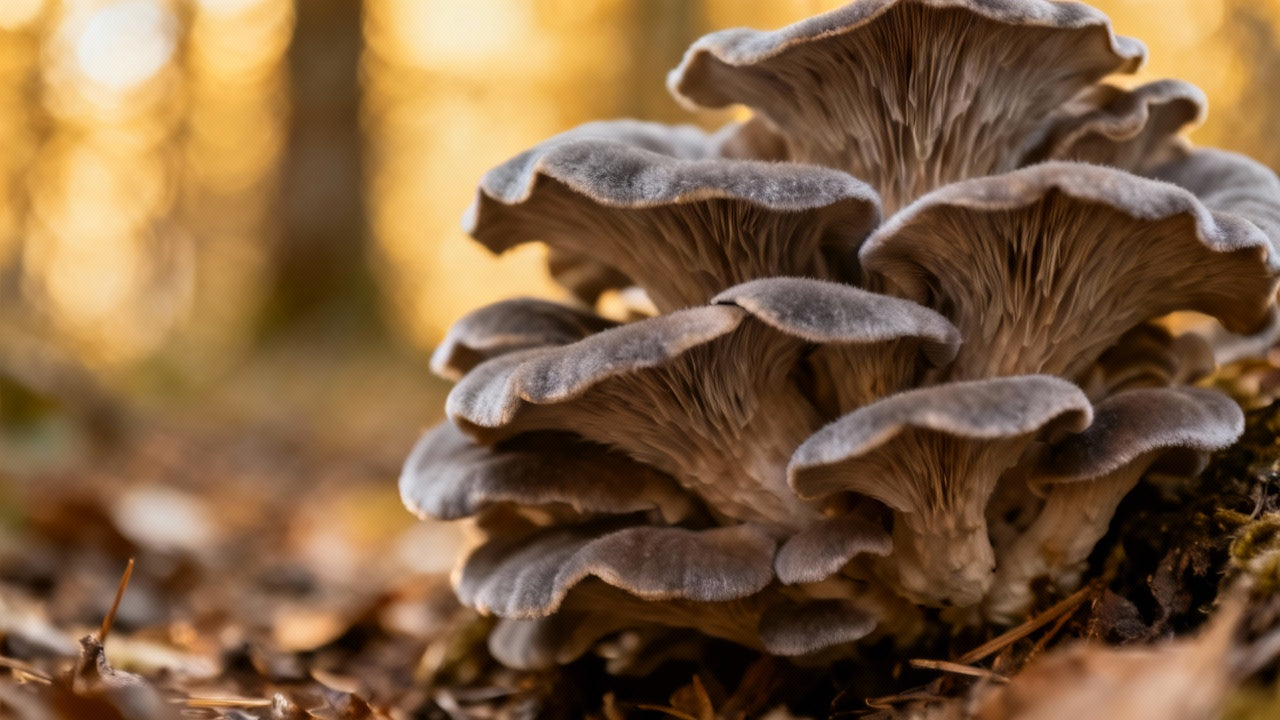
Share:
How to Cook Chaga Mushrooms Like a Pro: Easy Recipes and Tips
Chaga Mushroom Recipes: Delicious, Nutritious, and Easy to Make